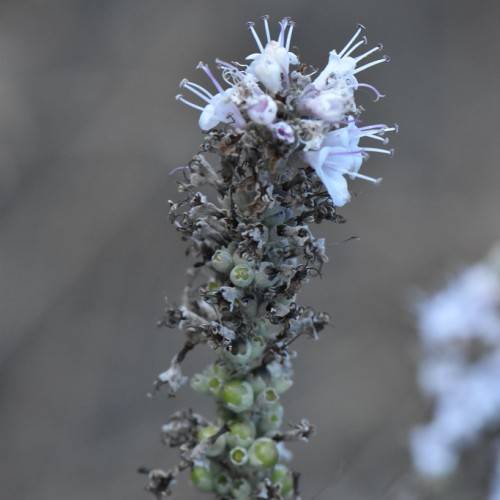
lilac sage
Salvia verticillata 'Alba'
Cycle:
Herbaceous Perennial
Watering:
Minimum
Hardiness Zone:
5 - 8
Flowers:
Flowers
Sun:
Full sun
Leaf:
Yes
Growth Rate:
Low
Maintenance:
Low
Drought Tolerant:
Yes
Salt Tolerant:
Yes
Care Level:
Medium
watering
Lilac sage (Salvia verticillata 'Alba') should be watered generously once per week. Make sure the soil is completely moist, but not soggy. During particularly dry or hot periods, an extra watering may be necessary. Let the soil dry between waterings. Be careful not to over water, as too much water can cause root rot. During the winter months, the plant will need less water. Allow the soil to become a bit dry before each watering and reduce the frequency to once every 2 to 3 weeks.
sunlight
Lilac sage (Salvia verticillata ‘Alba’) prefers full sun for optimal growth and flowering. It needs 6-8 hours of sunlight every day, ideally during the morning and afternoon hours when the sun isn't at its strongest. A sunny location in a garden should be free of trees and other tall plants that can block sunlight, allowing the sun's rays to fully reach the plant each day. Additionally, afternoon sun will give the best performance from lilac sage, as the light is more intense at this time of day.
pruning
Lilac sage (Salvia verticillata 'Alba') should be pruned at the end of autumn right after flowering, once the flowers have wilted. Cut back any dead or old stems from the previous year. You should also reduce the length of the stems by about 1-third so that the plant remains dense and bushy. If there is any rampant overgrowth, remove leggy or tall stems. Finally, you may also need to remove some of the centers of the plant if required to maintain its overall shape.
